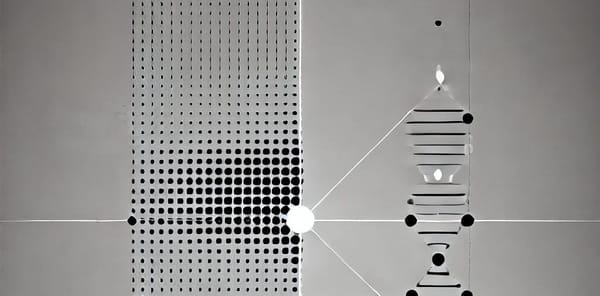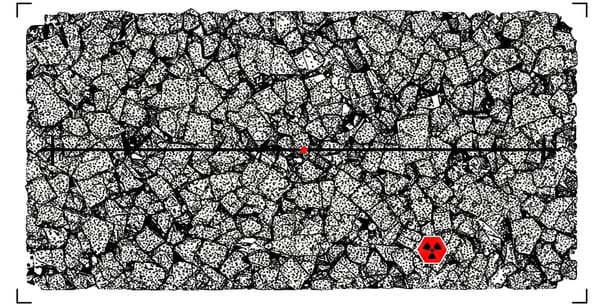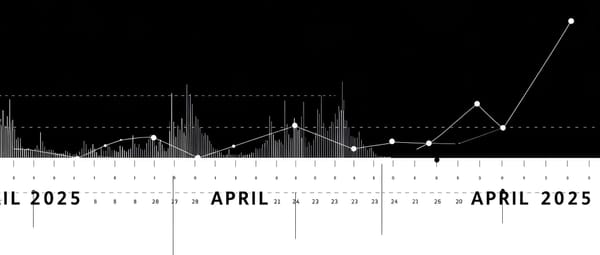Drones and Compton Cameras: A New Approach to Locating Gamma Radiation Sources
Small drones with Compton cameras revolutionize radiation detection by pinpointing multiple sources with high accuracy. Using real-time mapping and adaptive flight paths, they outperform traditional sensors. This breakthrough enhances nuclear safety, border security, and disaster response
Finding and pinpointing sources of ionizing radiation is critical, whether for public safety, environmental monitoring, or security. In hazardous environments, drones have become valuable tools, offering a safe and efficient way to search large areas. However, traditional radiation detection methods rely on intensity-based sensors with significant limitations.
A new study introduces an innovative approach: using a team of small drones equipped with lightweight Compton cameras to localize multiple gamma radiation sources accurately. Let’s explore how this cutting-edge technology works and why it’s a game-changer.
The Challenge: Why Traditional Methods Fall Short
Detecting radiation sources quickly is essential in emergencies—such as nuclear accidents, illicit radioactive material tracking, or contamination events. Traditional drone-based systems rely on intensity-based detectors, which measure radiation levels and estimate the source’s location based on changes in intensity. However, this approach struggles in complex environments with multiple radiation sources or background interference.
The Breakthrough: Compton Cameras on Small Drones
Instead of relying solely on intensity measurements, the researchers equipped drones with Compton cameras—advanced sensors that estimate the direction of a radiation source from a single ionizing particle. This directional capability allows drones to locate sources faster and more efficiently.
How It Works: A Smarter Search Strategy
The system integrates multiple drones, each carrying a MiniPIX TPX3 Compton camera, a small and lightweight detector that enables real-time radiation mapping. Here’s how the process unfolds:
• Compton Scattering Detection: The camera uses the Compton scattering effect to determine possible directions of incoming gamma rays.
• Data Fusion for Accurate Localization: The drones combine multiple Compton measurements to refine the estimated positions of radiation sources.
• Active Search Algorithm: Instead of aimlessly scanning an area, the drones follow an intelligent search strategy that balances the exploration of new regions with targeted data collection in known hotspots.
• Real-Time Mapping: The system models the detection sensitivity of the Compton camera, reconstructing radiation “cones” into a 3D map of possible source locations.
• Adaptive Flight Paths: Using the updated radiation map, the drones autonomously adjust their flight paths to maximize efficiency in identifying multiple sources.
Real-World Testing: Can It Work in the Field?
The method was tested in simulations and real-world experiments using Cesium-137 radiation sources. The results were promising, demonstrating that the drones could accurately pinpoint radiation sources even in complex environments.
Why This Matters
This approach represents a significant leap forward for radiation detection technology. By combining the agility of small drones with the advanced imaging capabilities of Compton cameras, emergency responders, security agencies, and environmental researchers can now locate radiation sources faster, with greater accuracy, and in more challenging conditions.
As radiation detection technology evolves, methods like this could play a crucial role in nuclear safety, border security, and disaster response. The future of radiation detection may very well be airborne.
Source: https://arxiv.org/pdf/2410.06693



